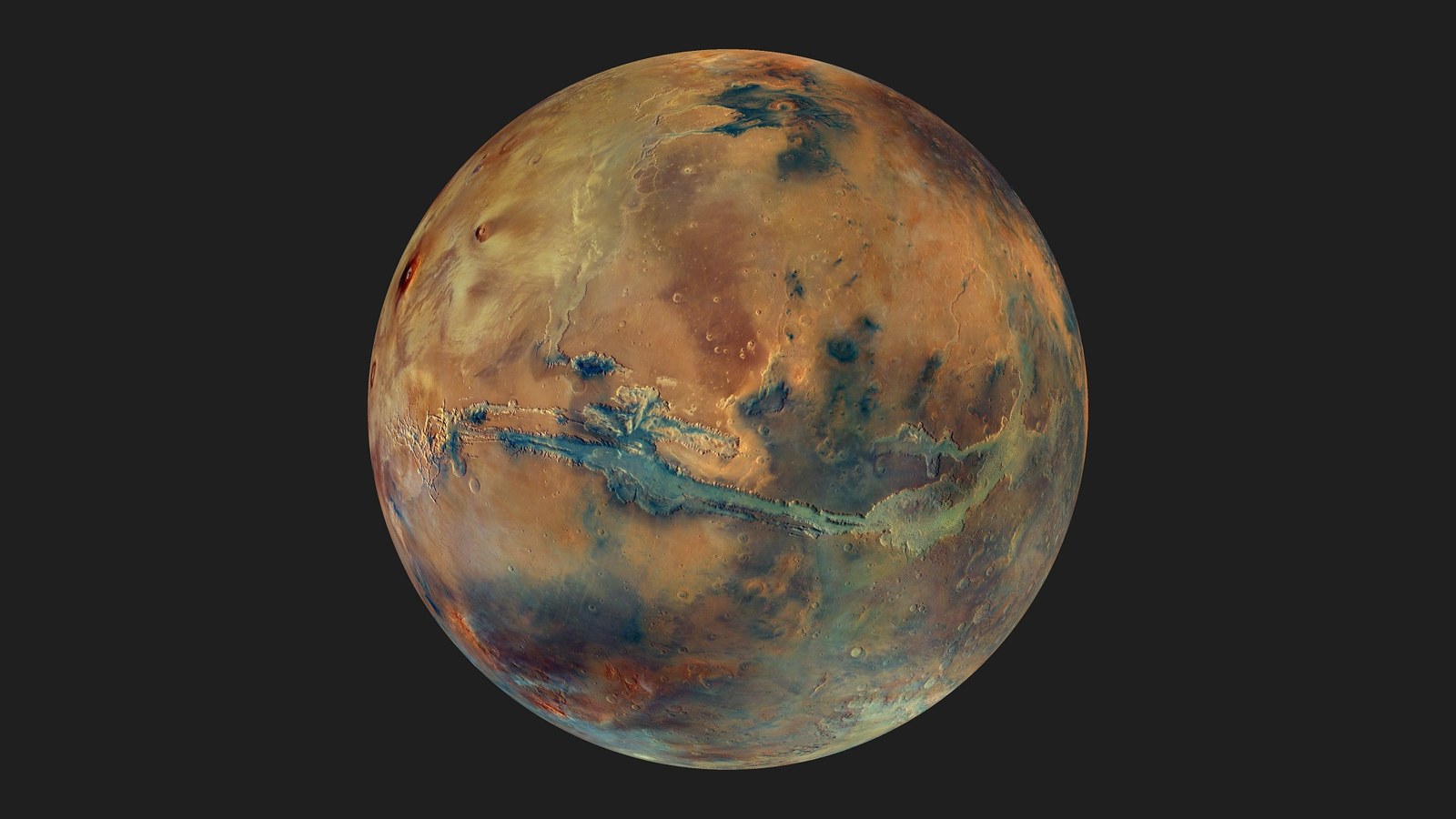We take high definition streaming for granted in many parts of the world. Even now, as I type this article, I have the Martian streaming in high definition but until now astronauts on board the Space Station have had to accept low definition streaming. A team of researchers at NASA have developed and used a new system using an aircraft as a relay. A laser terminal was installed on a research aircraft and data was sent to a ground station. The signals were sent around the Earth and beamed to a relay satellite which then sent the signal on to the Space Station. What the astronauts will actually use it for is less likely to be streaming HD movies but will certainly be able to take advantage of the high bandwidth for science data and communications.
Continue reading “Astronauts Can Now Watch 4K Streaming Video on the Station”Astronauts Can Now Watch 4K Streaming Video on the Station










